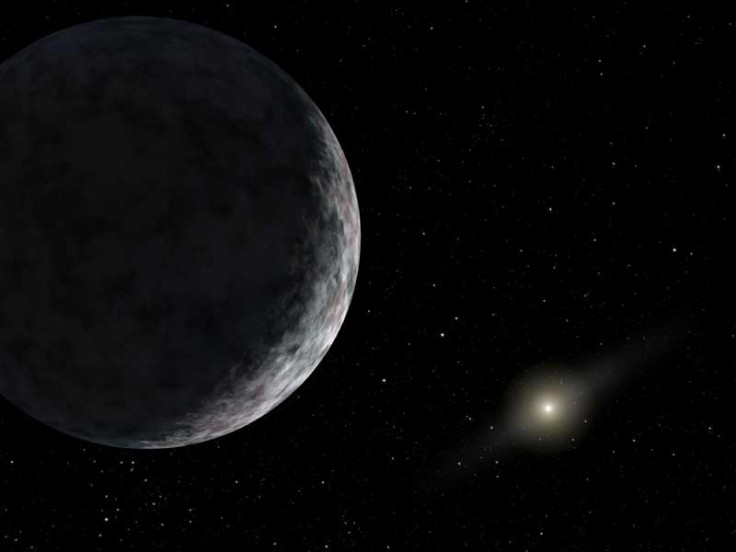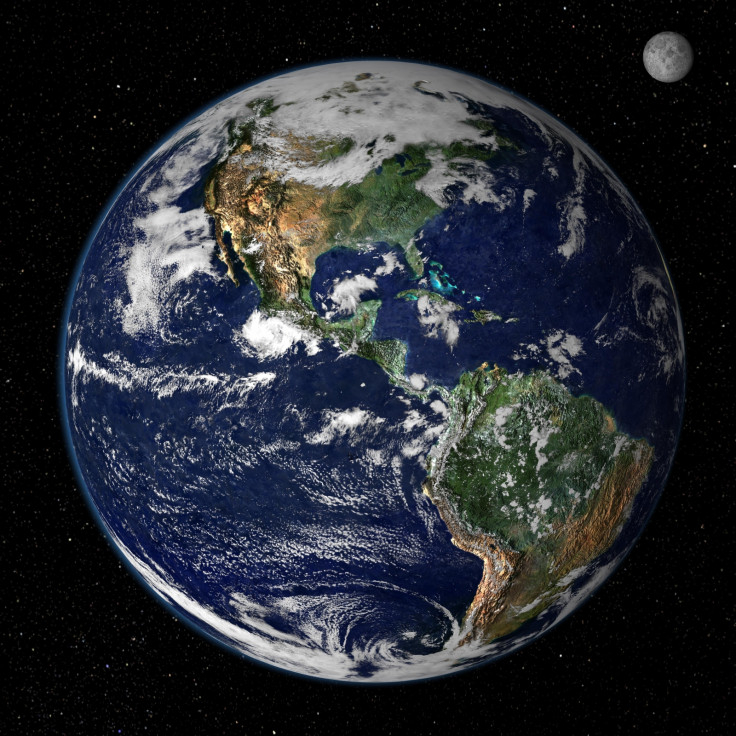Life could exist on dark worlds without stars, astrophysicist Sean Raymond says

Alien life could exist on planets without stars, thriving on hydrothermal vents below a thick layer of ice on their cold dark surfaces, an astrophysicist has said.
Sean Raymond, from the Laboratoire d'Astrophysique de Bordeaux in France, has said that under certain conditions, life on these rogue planets could even host a global biosphere.
Writing for Aeon magazine, Raymond said there are potentially tens of billions of free-floating Earth-sized rocky worlds in the Milky Way that have no sun to provide them with energy.
"To have any chance of life – at least life like our own – a free-floating Earth would need liquid water. And to have liquid water, a planet needs to keep warm. But space is ridiculously cold, just a few degrees above absolute zero. How could a rogue planet stay warm with no Sun?" he wrote.
He said that all planets generated heat from their interiors, with internal heat from the giant collisions that formed them trapped there. This heat bubbles up slowly to the surface and lasts for billions of years – but provides only a tiny amount of energy in comparison to a star's heat.
To keep in the heat, a planet would have to have a layer of ice at least 10km thick, while a thick atmosphere would also help – hydrogen would be the best atmospheric gas for the task.
"A free-floating Earth with a thick hydrogen atmosphere could keep its surface temperature above the freezing point of water. The planet could have lakes and oceans [and possibly life] on its surface. But its atmosphere would need to be at least 10 to 100 times thicker than Earth's."
What would life be like?
Unlike organisms on Earth's surface, there are lifeforms that do not need the Sun to survive. "They are called chemoautotrophs and they live on the ocean floor," Raymond wrote. "They make their own organic carbon using energy leaking out from inside the Earth. These organisms form the basis of the thriving ecosystems found around deep-sea hydrothermal vents."

Chemoautotrophs rely only on pre-existing conditions provided by the likes of hydrothermal vents to survive. If a free-floating planet were to have life, it would have to be in the form of chemoautotrophs.
As we do not know how life began on Earth, there are a number of theories as to how life on a planet without a star could be seeded in the first place, one being the "deep sea vent hypothesis", which says hydrothermal vents acted as a cradle for early life. "And rogue planets are likely to be littered with hydrothermal vents," he said.
On Earth, hydrothermal vents contain an array of plants and creatures, including tube worms, scaly-foot snails and eyeless shrimps and the producers of these ecosystems are the chemoautotrophs.
"A free-floating planet could be speckled with biospheres, each clustered around a local heat source. They might even host giant plants such as tube worms. Each oasis would start off isolated and probably host its own unique species, but on some rogue planets these ecosystems could merge into a global biosphere."
© Copyright IBTimes 2025. All rights reserved.






















